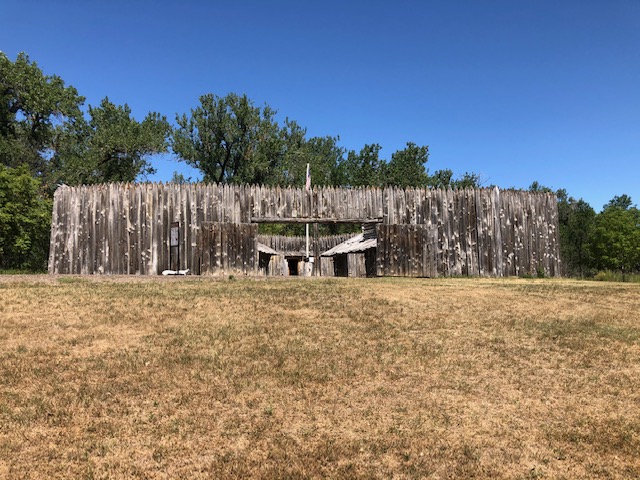
Chasing the Corp of Discovery – Nine Notable Sites From Kansas City to Bismarck
Have you ever decided to go somewhere just to get out of town? Have you ever decided to go somewhere just because you have never been? Have you ever decided to go somewhere without much planning ahead? Our last road trip for the summer screamed yes to each of these questions! We were slated to fly to Phoenix and visit Scottsdale and Joshua Tree National Park (I know they aren’t that close really, but I was going to make it happen) over spring break. Well, the trip got postponed until August due to Covid. August rolled around, and numbers were even worse than in the spring, so our trip got postponed again – third time’s a charm right?
Well, I already had my heart and my head set on one last getaway before school started. My husband said, “Find us a road trip. What states have you not been to?” And that’s how our trip to North Dakota came about. I only have three states to go, North Dakota, Michigan (because I do NOT count the Detroit airport haha!), and Alaska. Well, with all of the political unrest, coronavirus, and Canada with its closed borders between us and Alaska, North Dakota was the winner.

What would we do in North Dakota? I had no idea. I only had a few days to plan, and I was knee deep in training for certifications for the travel agent business I had started during the lockdown. So, I took all of about 10 minutes and Googled things to do in North Dakota. I found the Lewis and Clark Interpretive Center and Fort Mandan in Washburn (just north of Bismarck), and since I teach American History, it was the perfect destination. So Bismarck it was, and that, along with booking a hotel in Bismarck as well as Sioux Falls, SD, on the way there and the way home was the extent of my planning!
Honestly, I was concerned that we would be bored to tears with nothing to do but sit around a hotel outside of the one day at Interpretive Center and Fort Mandan. But, our goal was just to get away. We got about 90 minutes up the road on I-29 when I had an epiphany! I had seen several signs on the side of the road that said, Lewis & Clark Trail, and I couldn’t believe my history-loving self did not think about that when we decided to go to North Dakota! We were literally following Lewis and Clark’s Corp of Discovery expedition route from Kansas City to Bismark – well as close as one could follow from the road since the Corp of Discovery actually took the Missouri River.
So now I was excited, and pulled out my phone to start looking for stops along the way. I found a great website, lewisandclarktrail.com, that has a wealth of information about the route of Lewis and Clark. The site divides the route into segments starting on the east coast and ending in Washington state, and provides a list of related sites along each segment of the route! Of the 22 locations listed between Kansas City and Washburn, we attempted to stop at ten, but actually accomplished nine (and we had already driven past 2 others).
The first site we attempted to see was a Lewis and Clark Campsite west of the Loess Bluffs National Wildlife Refuge, off of 159 Highway (exit 79 off of I29), but on the Nebraska side of the Missouri River. We drove for quite a few miles, and then came across a sign saying that Highway 159 was closed ahead. We decided to keep going to see if we got to the site before we got to the road closure. Spoiler alert, you can’t get there from here. Haha! We got to the road closure first. We also had a huge deer run across the road in front of us near the wildlife refuge. So be mindful! It was the middle of the day. We turned around and went back to the Interstate and headed north.
Site #1: Our next attempted stop was only slightly more successful than the first, but we did arrive and get out of the car. The Missouri River Basin Lewis & Clark Visitor Center in Nebraska City, Nebraska is just across the river on Highway 2 (exit 10 off of I29), and not too far out of the way for a stop. Admission is inexpensive, $5.50 for adults or $3.50 for children, however, we did not go in. The place looks like it could take quite a bit of time to go through, and appears to be more geared toward kids from the website. I was mainly interested in the keelboat replica, which is out in front of the building. I will say that if the keelboat is the only reason you are stopping, don’t bother. It is old and rotting away (and is missing most of its hull). And when I say rotting away I mean some of the boards give when you walk on them! It was good to stretch our legs, so I got some photos and we were back on the road.
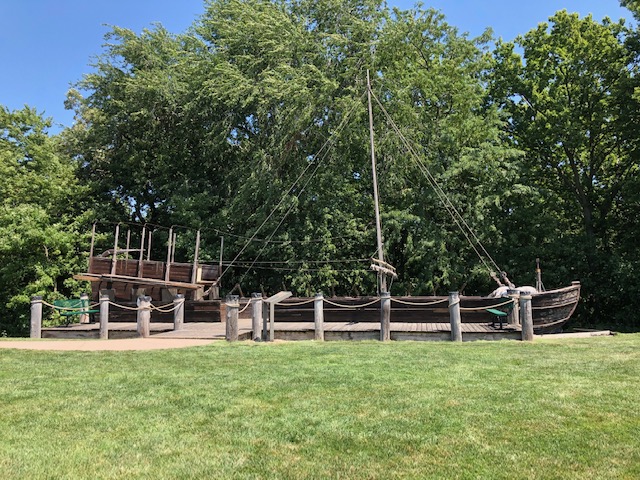
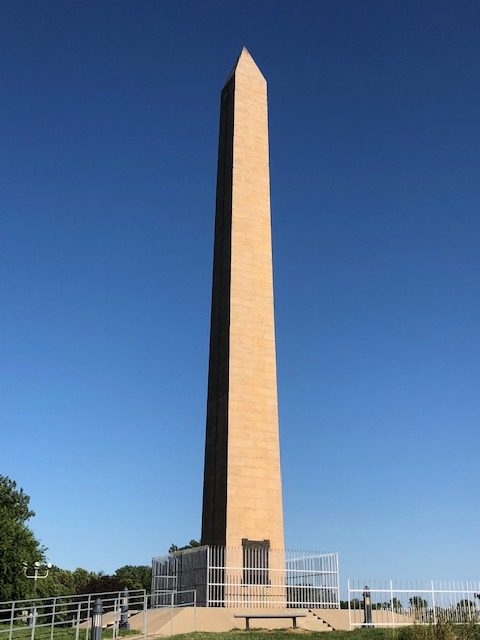
Site #2: Our next stop is one that I have passed by many times. I always see it from the Interstate, but have never stopped to take a closer look. So this would be the day! The Sergeant Floyd Memorial is just off of I29 at exit 143 in Sioux City, Iowa. This obelisk honors Charles Floyd Junior, the only man to die during the whole Corp of Discovery expedition! He died on August 20, 1804 reportedly of natural causes.
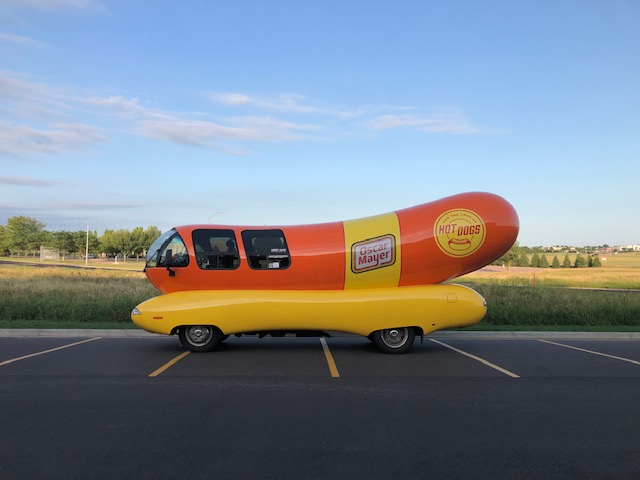
Back on the road we continued up I29 to Sioux Falls, South Dakota where we stopped for the night. We stayed at the Staybridge Suites Sioux Falls Southwest, which is newly open, and was not crowded at all. We were even lucky and got to use the pool and hot tub! And hey, the Oscar Meyer Weiner Mobile was there for an added bonus! Haha!
Site #3: The next morning we headed out, this time west on I90. Our first stop of the day was at the Lewis & Clark Campsite at Elk Point, South Dakota. This site is significant because on August 22, 1804, it was the location of the first democratic vote west of the Mississippi. Sergeant Floyd’s death had created a hole in the chain of command, so an election was held to determine who would fill his rank. Also significant is the fact that a black enslaved man named York cast a vote, which was unheard of at this point in history. Patrick Gass was elected to replace Floyd.
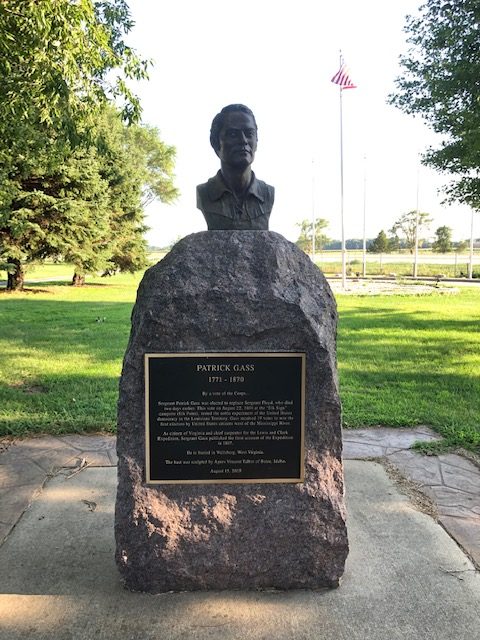
Site #4: Our next stop was at the Lewis & Clark Interpretive & Keelboat Center AND the Dignity Sculpture outside of Chamberlain, South Dakota. This interpretive center and the Dignity Statue are both located at the rest stop at the Tourist Information Center. The interpretive center is free and has some really great displays set up. They also have a giant keelboat inside that sticks out the back half of the building and has great views of the Missouri River. There was some hiking available, but we didn’t venture too far because we still had a long day ahead. The Dignity Statue is a 50 foot tall stainless steel sculpture of a Native American woman holding a blanket. The statue was a gift to the state of South Dakota and was designed to honor the Lakota and Dakota cultures. It is quite the site to see!
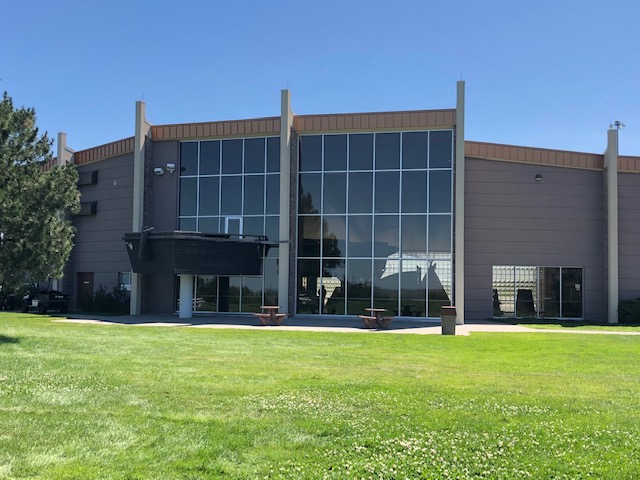

Site #5: Our next stop was at the Akta Lakota Museum at St Joseph’s Indian School in Chamberlain, SD. This school opened in 1927. The museum opened in 1991 and lives up to its name. “Akta Lakota” means to honor the people, and the museum does a fantastic job of sharing the Lakota culture through its exhibits which include shelter, clothing, food, tools, society, history, and art! The museum does not charge admission, but does accept donations. It was fantastic! I highly recommend it!
Site #6: From the Akta Lakota Museum, we (I) decided we would take the Native American Scenic Byway from Chamberlain to Pierre when I happened across it on the Lewisandclark.com web site. You should know a few things about this route:
- There are no signs that indicate you are on the Native American Scenic Byway – at all – anywhere – the entire way
- It takes a lot longer than the interstate but it is beautiful
- You will travel through the Lower Brule Indian Reservation
- It. Is. BuMpY!!!
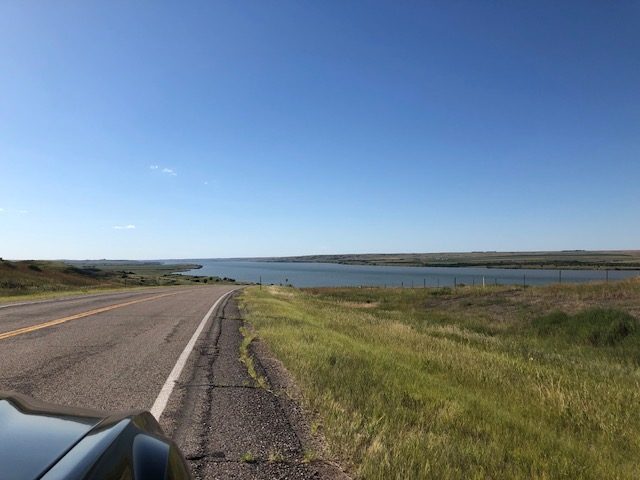
We got lost trying to get started and ended up at a dead end gravel road. Haha! We did get it figured out. The route starts from I90 north of the Missouri River where you will exit onto SD 50 toward Chamberlain, or if you are already in Chamberlain like we were, you just keep going on SD 50 out of town toward Fort Thompson. Turn left onto BIA 4 still heading to Fort Thompson. Turn left on SD Highway 47 which will take you back south a little and across the Missouri River again. Turn right on BIA 5 toward Lower Brule. Turn left on BIA 10, and take that to SD 1806 toward Pierre.
Site #7: Our last stop for the day was Framboise Island in Pierre, South Dakota. Or, as Lewis and Clark called it, Bad Humor Island. This island was the location where Lewis & Clark had a confrontation with the Teton Sioux on September 25, 1804 that could have ended the expedition! However, the conflict was resolvedpeacefully and the Corp moved along up river. The island is now connected to Pierre by a causeway. You can drive over to the island, but only foot traffic is allowed past the parking lot. The island does have several miles of hiking trails.
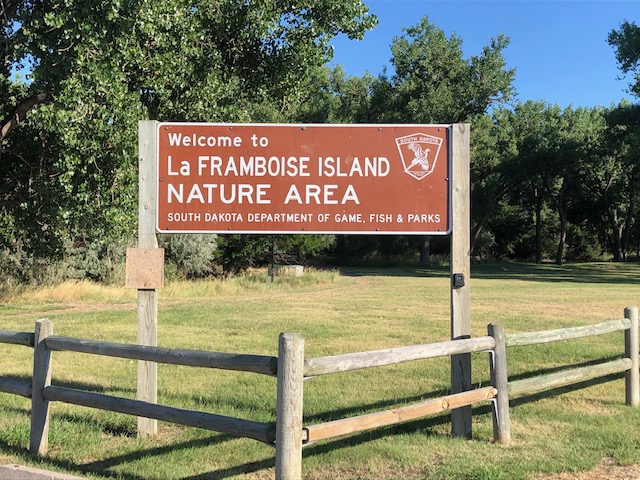
Once we finally made it to Bismarck, we stayed two nights at Staybridge Suites. Again, this was a nice hotel. I like that the rooms all have a mini kitchen. We did not use the pool or hot tub at this location as it was a little more crowded and…well…covid.
Site #8: The first stop for the day was actually two stops in one: The Lewis & Clark Interpretive Center and Fort Mandan in Washburn, North Dakota. The interpretive center was full of fantastic exhibits not only about Lewis and Clark, but also about the Mandan and Hidatsa people. They also have an impressive art gallery. Admission to the Interpretive Center and Fort Mandan is $8 for adults and $5 for children. Two miles down the road from the Interpretive Center is a replica of Fort Mandan. There is a very small visitor center here with an interactive area for kids, but the main attraction here is the replica fort. Lewis and Clark and the Corp of Discovery spent the winter at Fort Mandan from October 14, 1804 – April 7, 1805. I am always amazed at how small these forts were to accommodate 44 men! Especially when the officers and interpreters had their own rooms, and a blacksmith and 2 storage rooms were included.
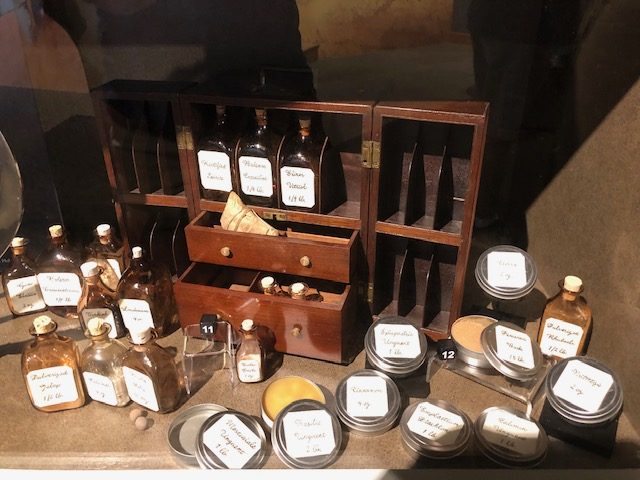
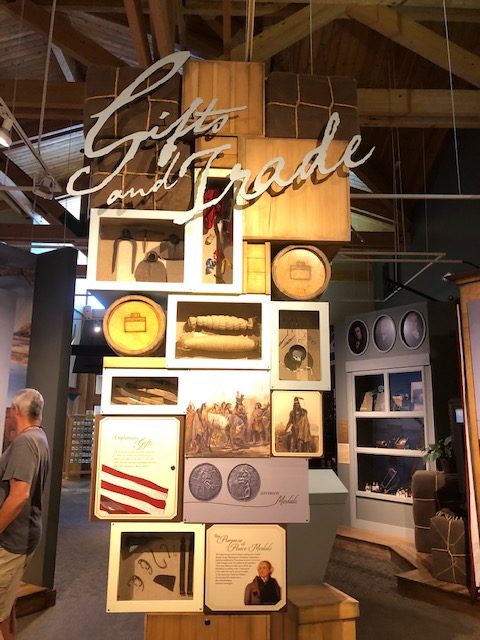

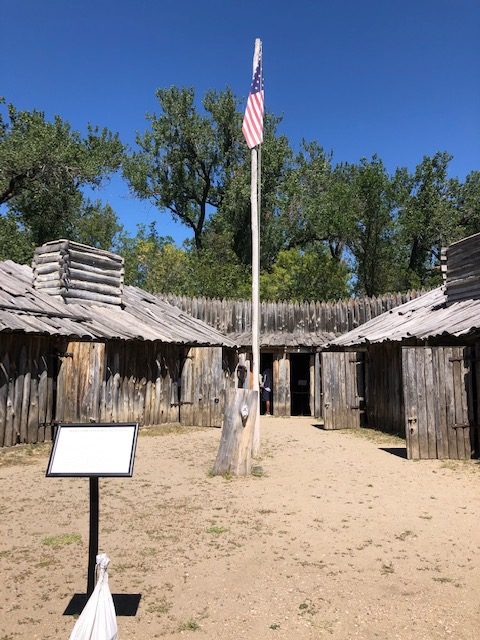
Site #9: From Fort Mandan, we drove out to the Knife River Indian Villages National Historic Site in Stanton North Dakota. I was really hoping this would all be open, but the visitor center and the earth lodge were both closed. We did take the short hike to the Hidatsa Village. This is an archaeological site, and you can basically just see the impressions in the earth where the Hidatsa earth lodges would have been – like a footprint. I still thought it was pretty cool! The area was home to several villages of Hidatsa and Mandan Indians. In fact, Sakagawea and Charbonneau would have lived here in one of the Hidatsa villages when they met Lewis and Clark and joined their expedition!
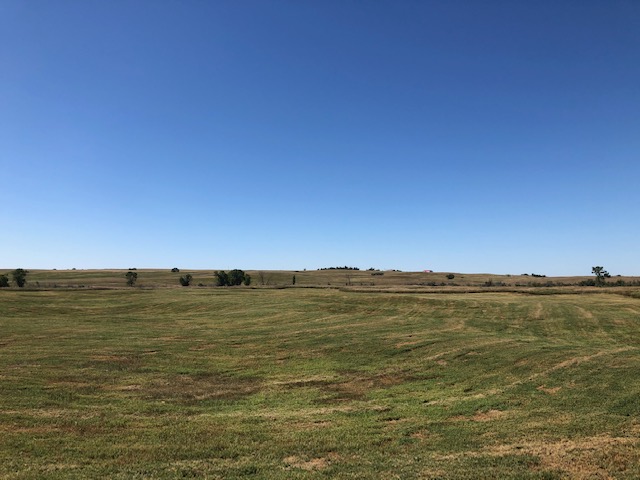

Heading home, we took a different route to see more of North Dakota and drove across the state to Fargo. Yes, like the movie Fargo from 1996. Haha! In fact, they have quite the display in their welcome center relating to the movie, including the original wood chipper prop! So, of course we had to stop in and see it! Haha! I love roadside America. It is great!
We stayed the night again in Sioux Falls halfway home, and actually went to see Sioux Falls this time. The falls are pretty, and lots of people climb around on the rocks around them. The park has ruins of a historic 19th century mill on site, and there is also a cafe. We stopped at a few antique stores along the way – my husband likes to wander around those. So there you have it! Our unexpected journey with the Corp of Discovery from Kansas City to Bismarck(ish)!

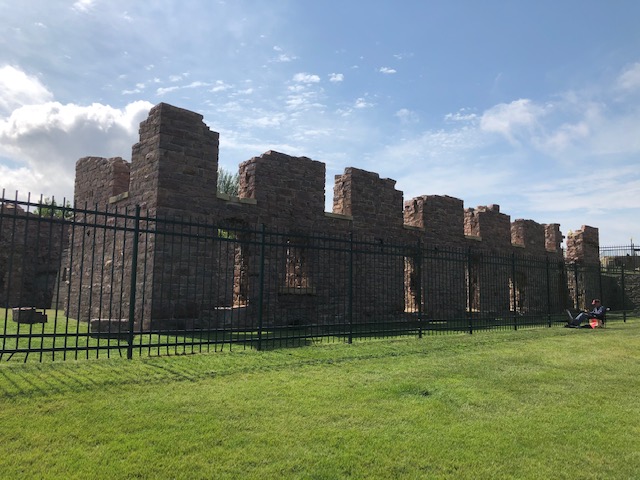
The Corp of Discovery was commissioned by President Jefferson to explore the Louisiana Territory that had been acquired in the 1803 Louisiana Purchase. Fun fact – the Louisiana Purchase doubled the size of the country and was purchased for pennies per acre! The Corp of Discovery set out from Camp Wood (near St. Louis) in May 1804 with 45 men. They traveled west to the Pacific, spent the winter of 1805/1806 at Fort Clatsop near Astoria Oregon. The Corp returned to St. Louis in September of 1806 to find that they had been presumed dead!


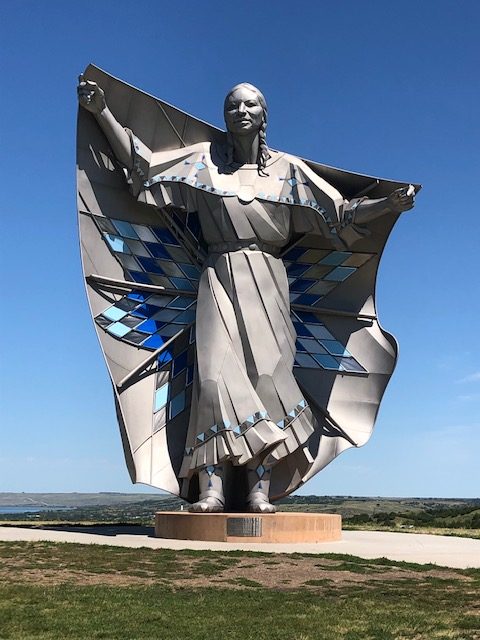
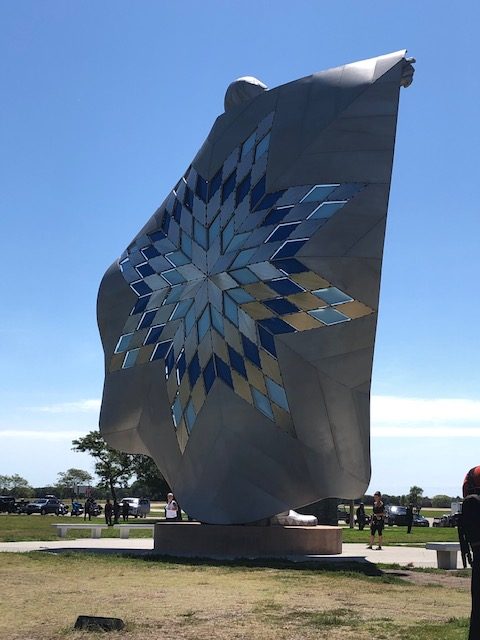
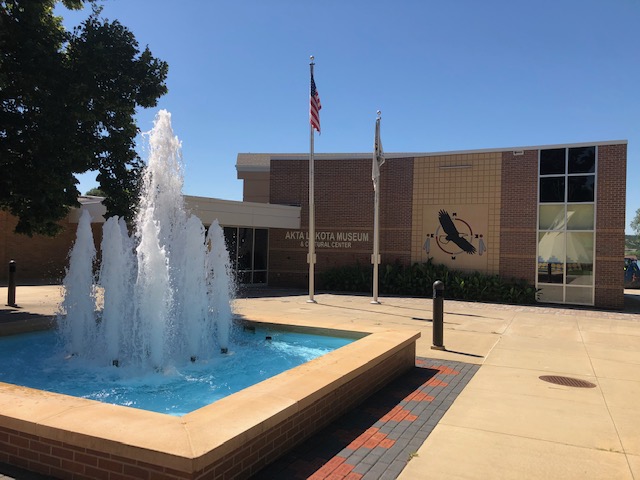
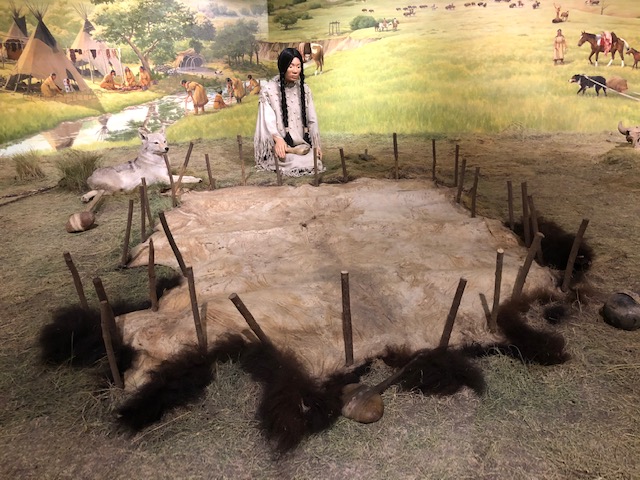
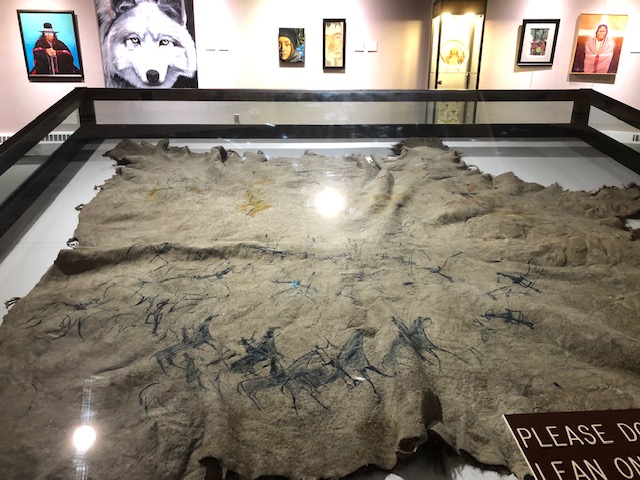
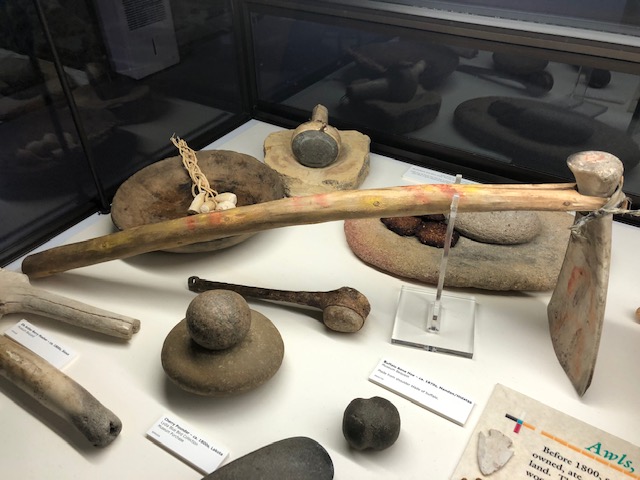
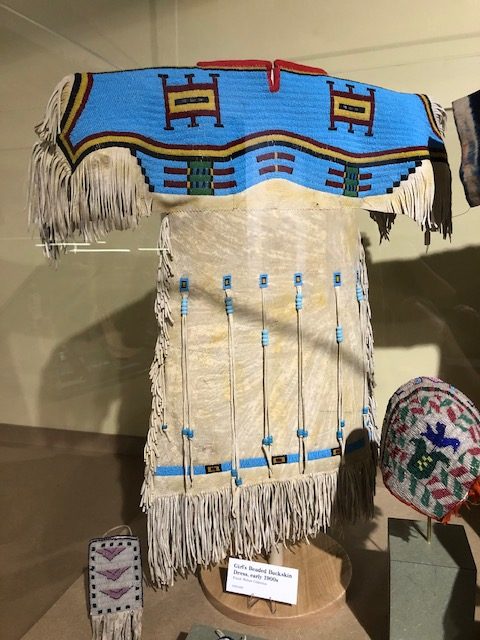
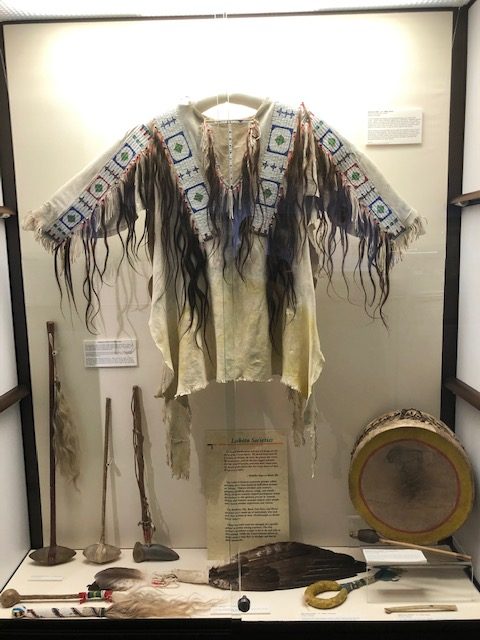
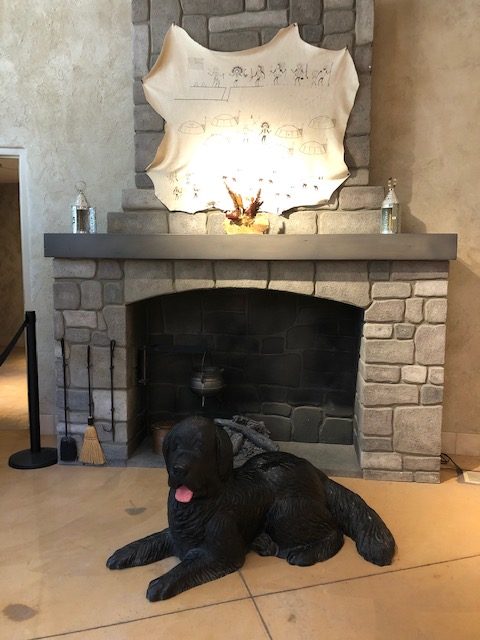
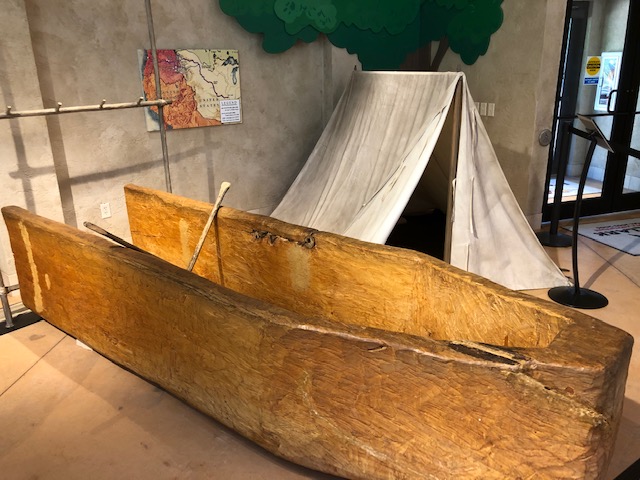
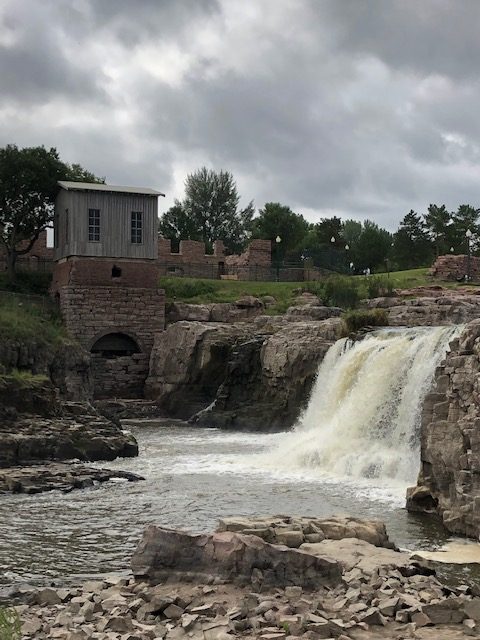
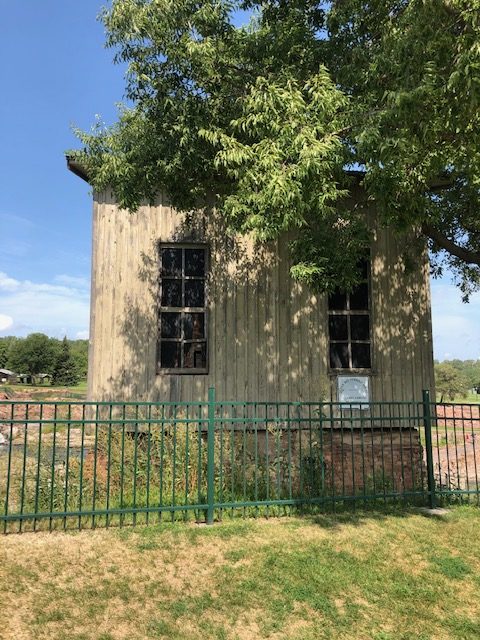
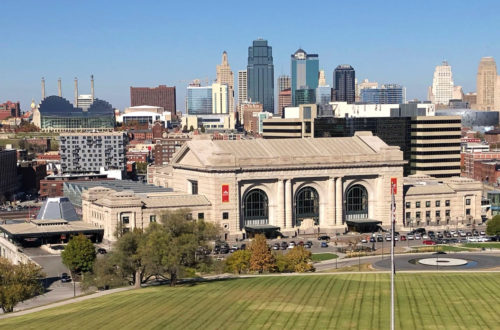
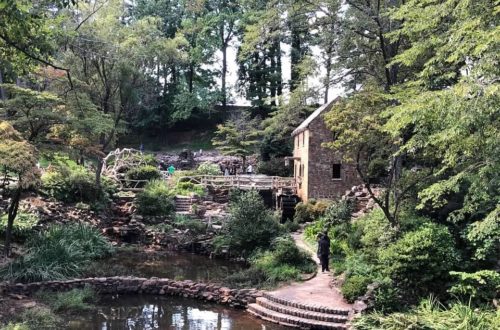
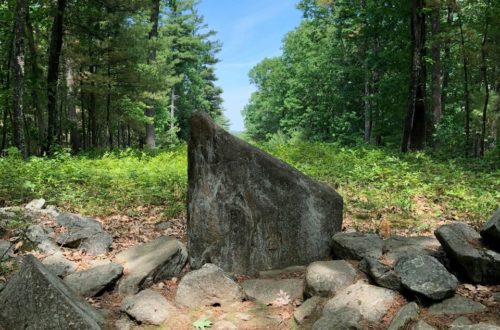
2 Comments
Karen Erwin
Very interesting, Vanessa!
Ness
Thanks!! Glad you enjoyed it! Thanks for reading!